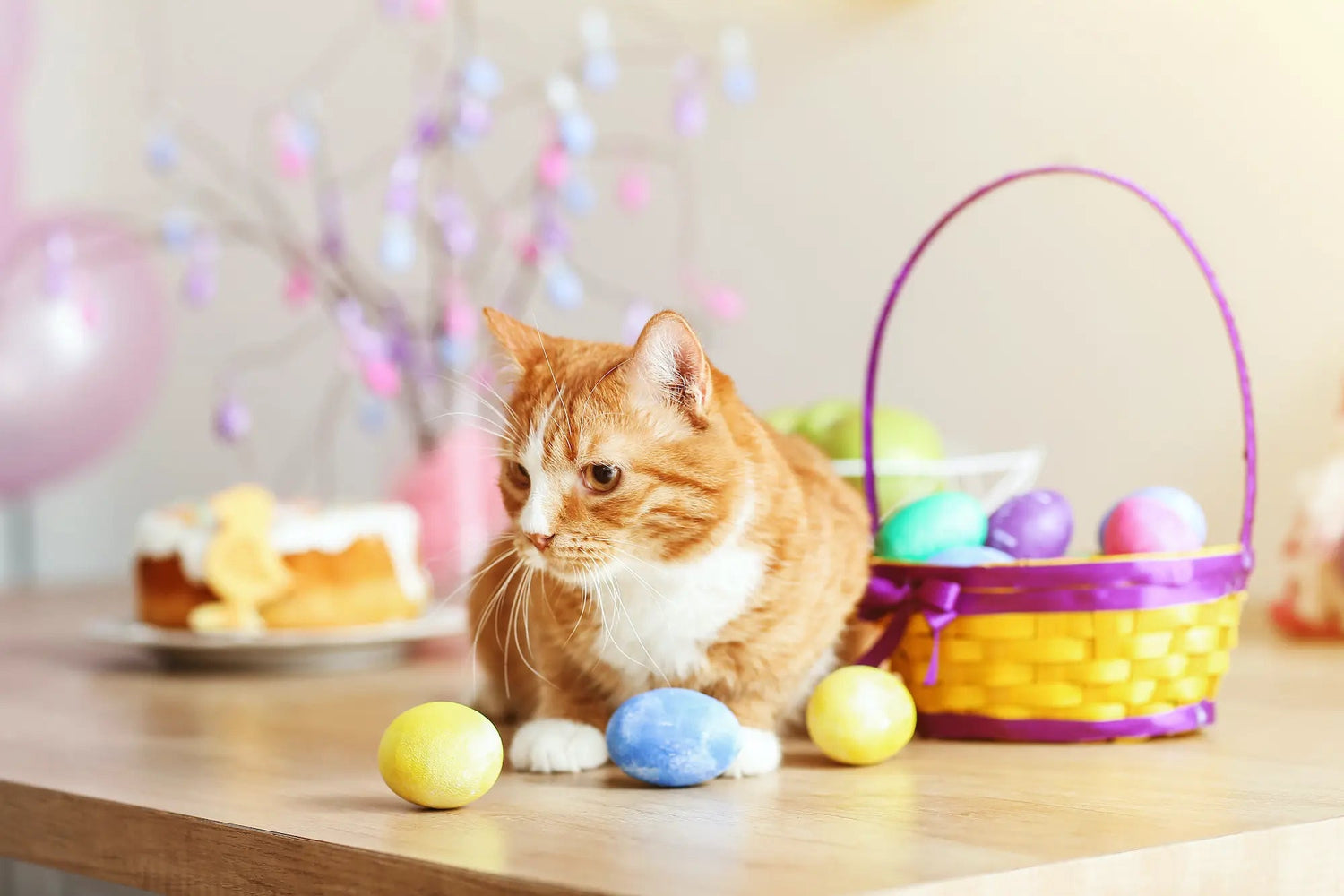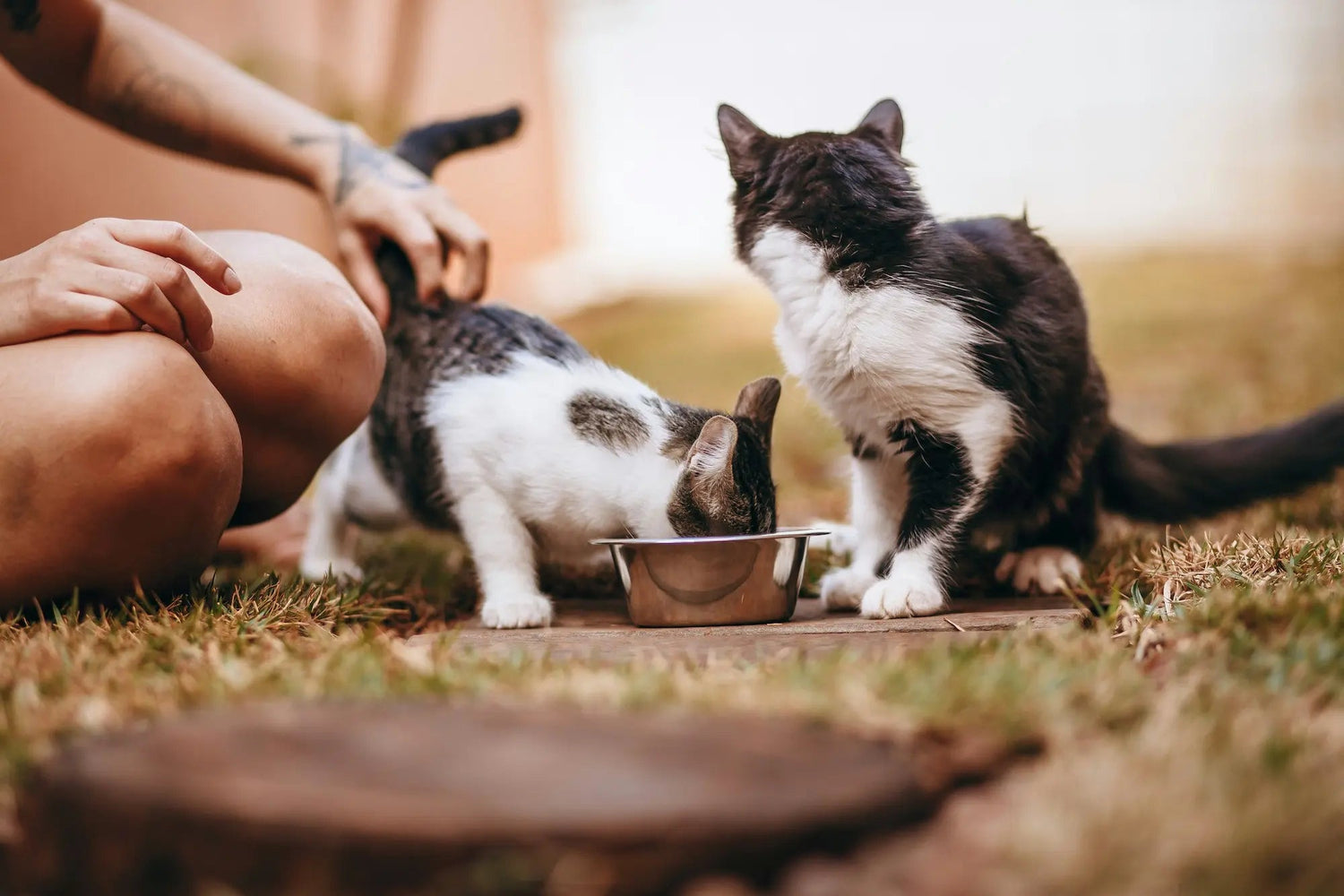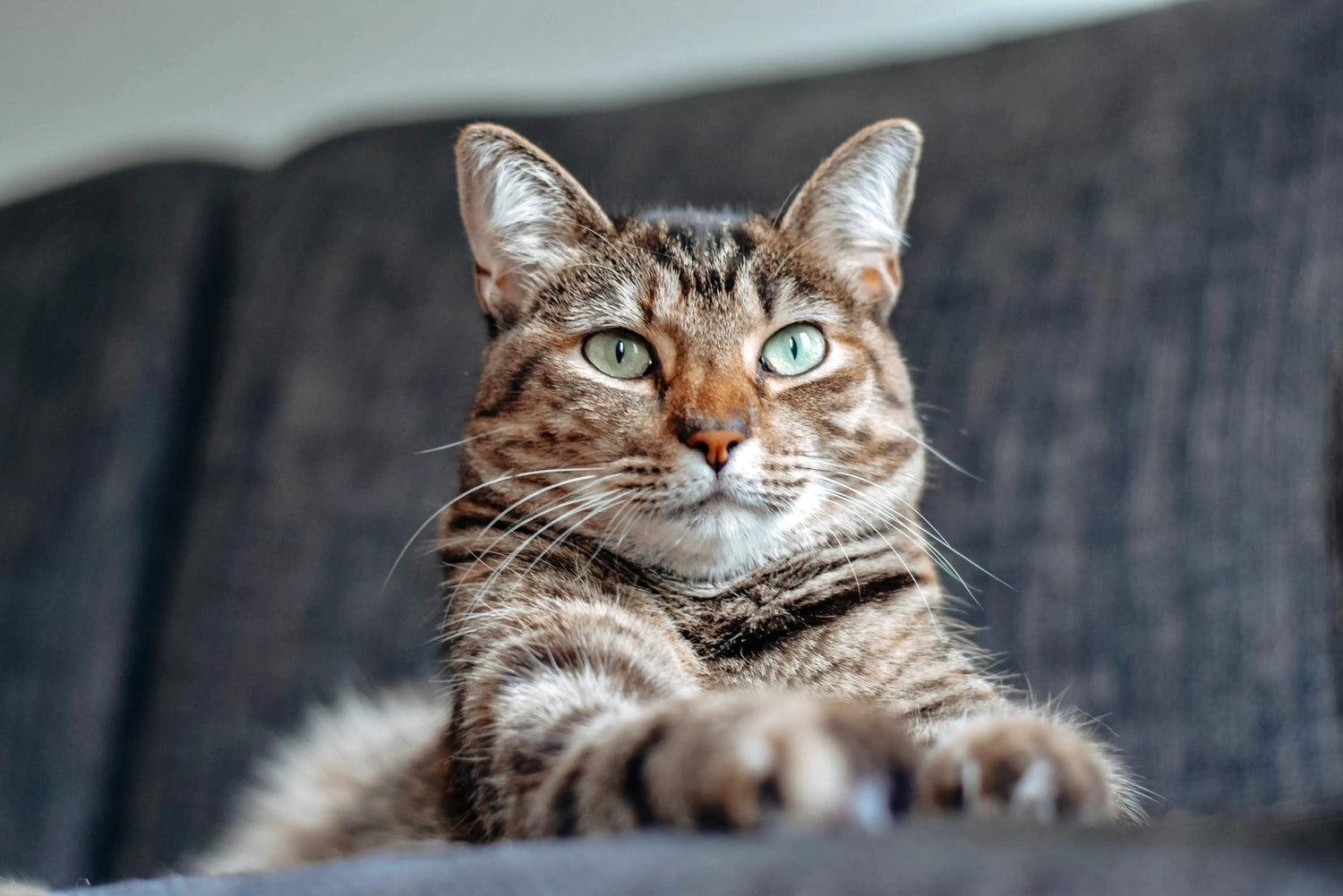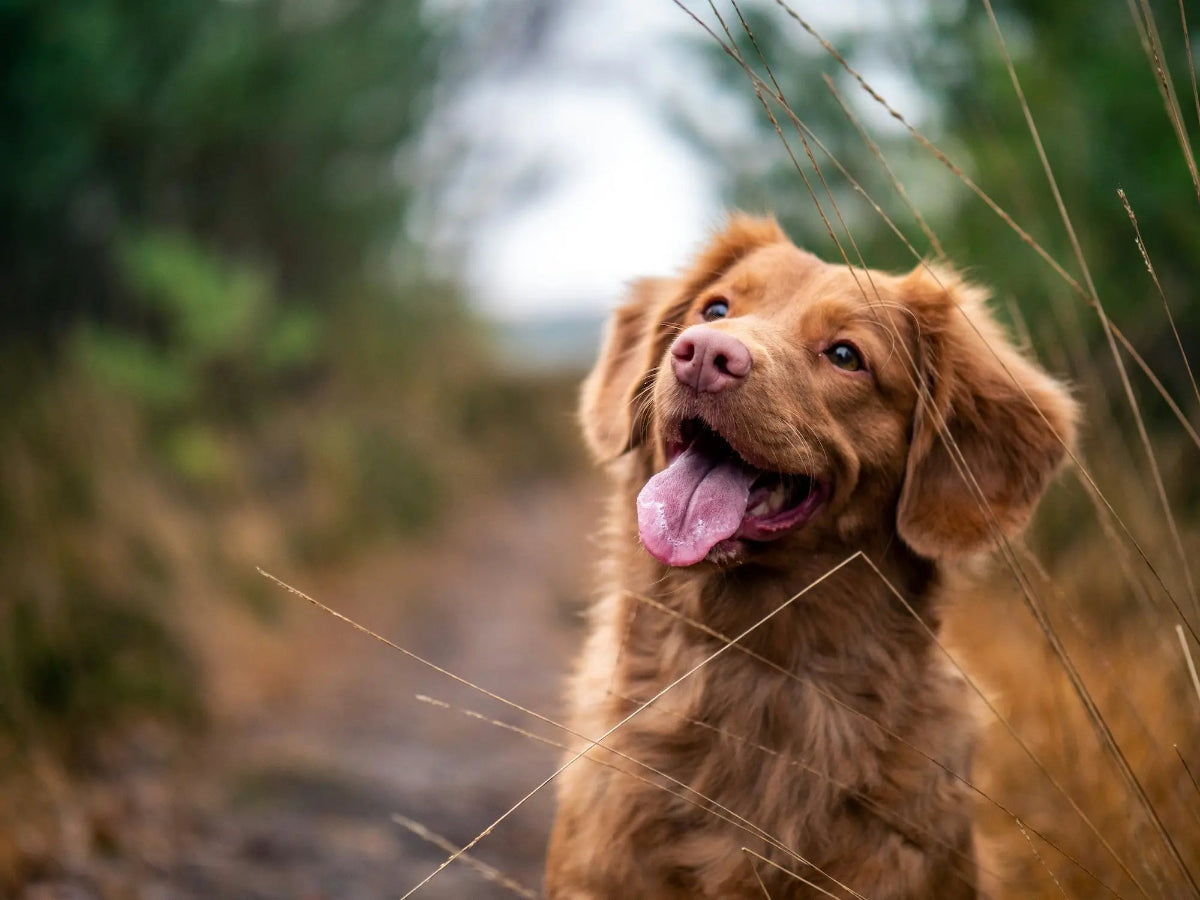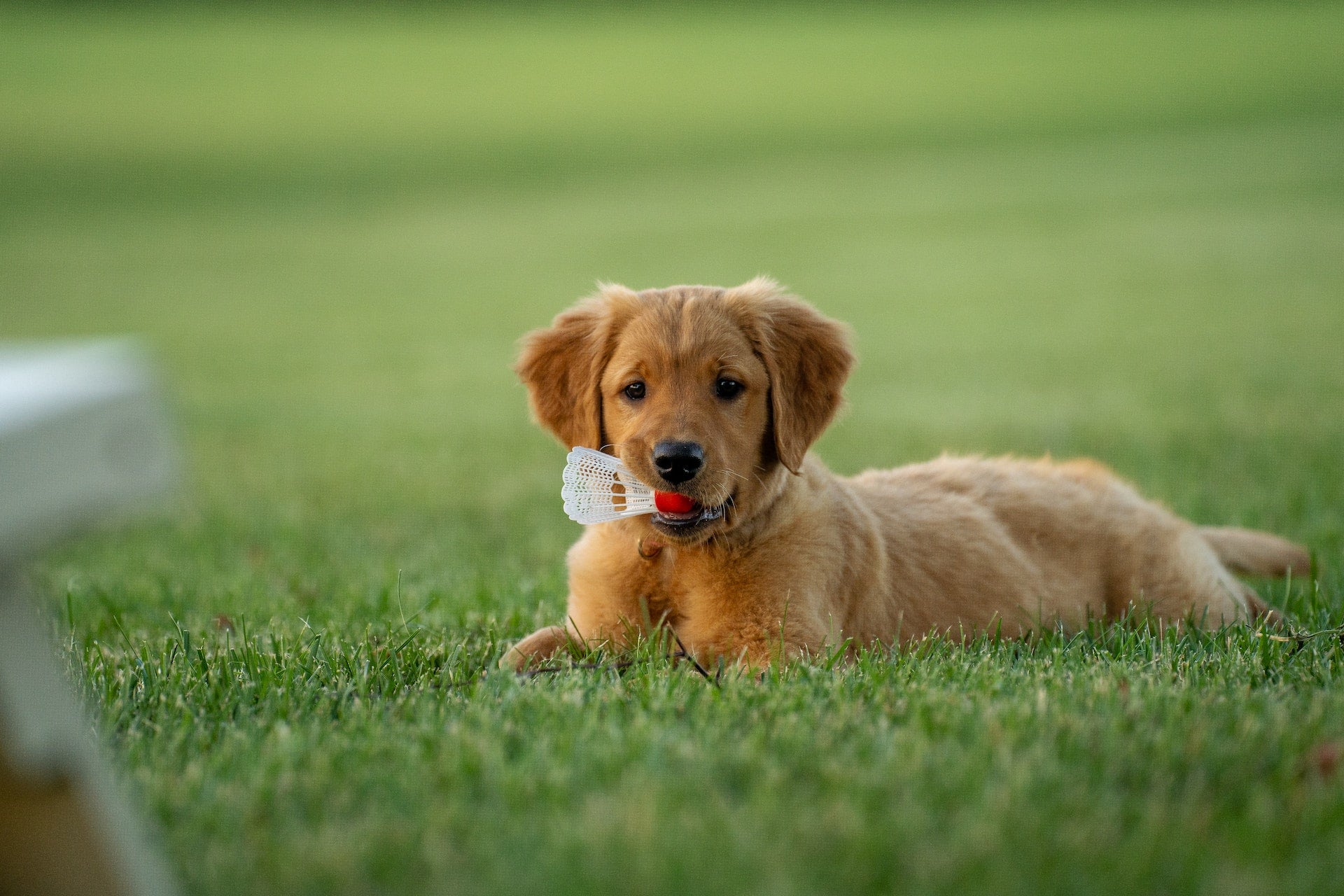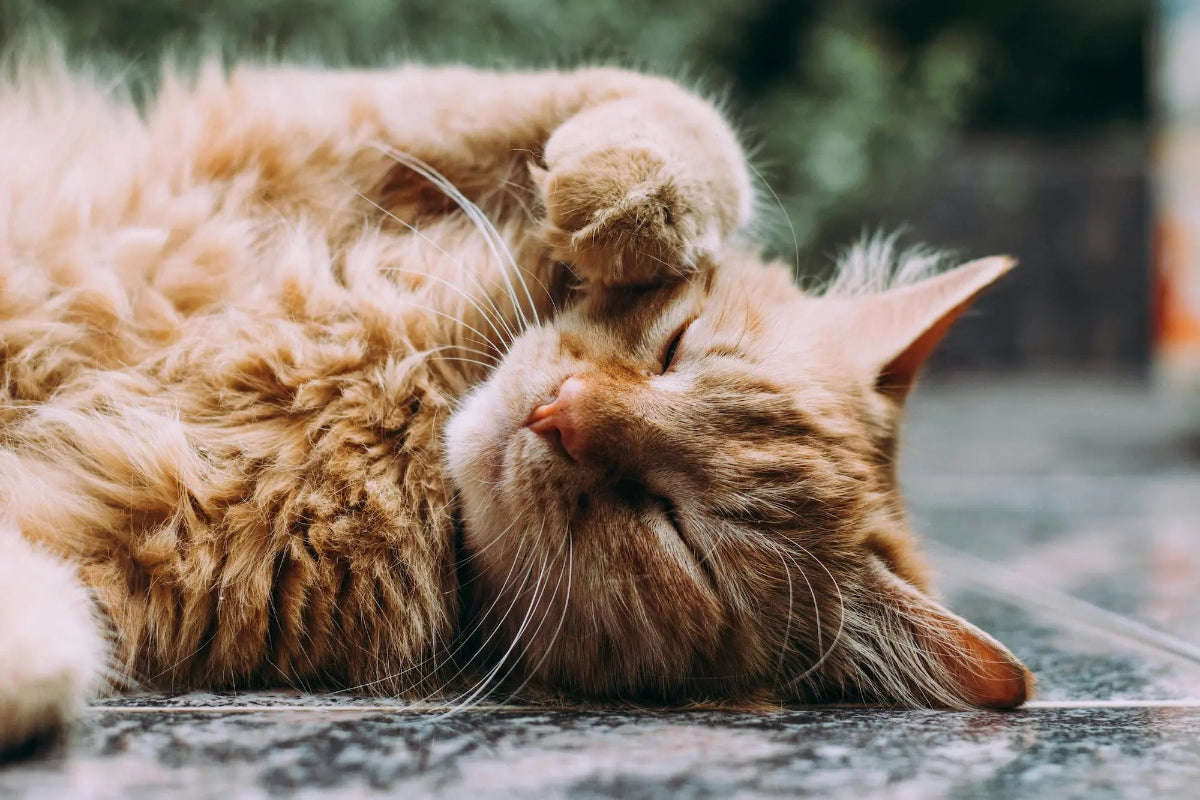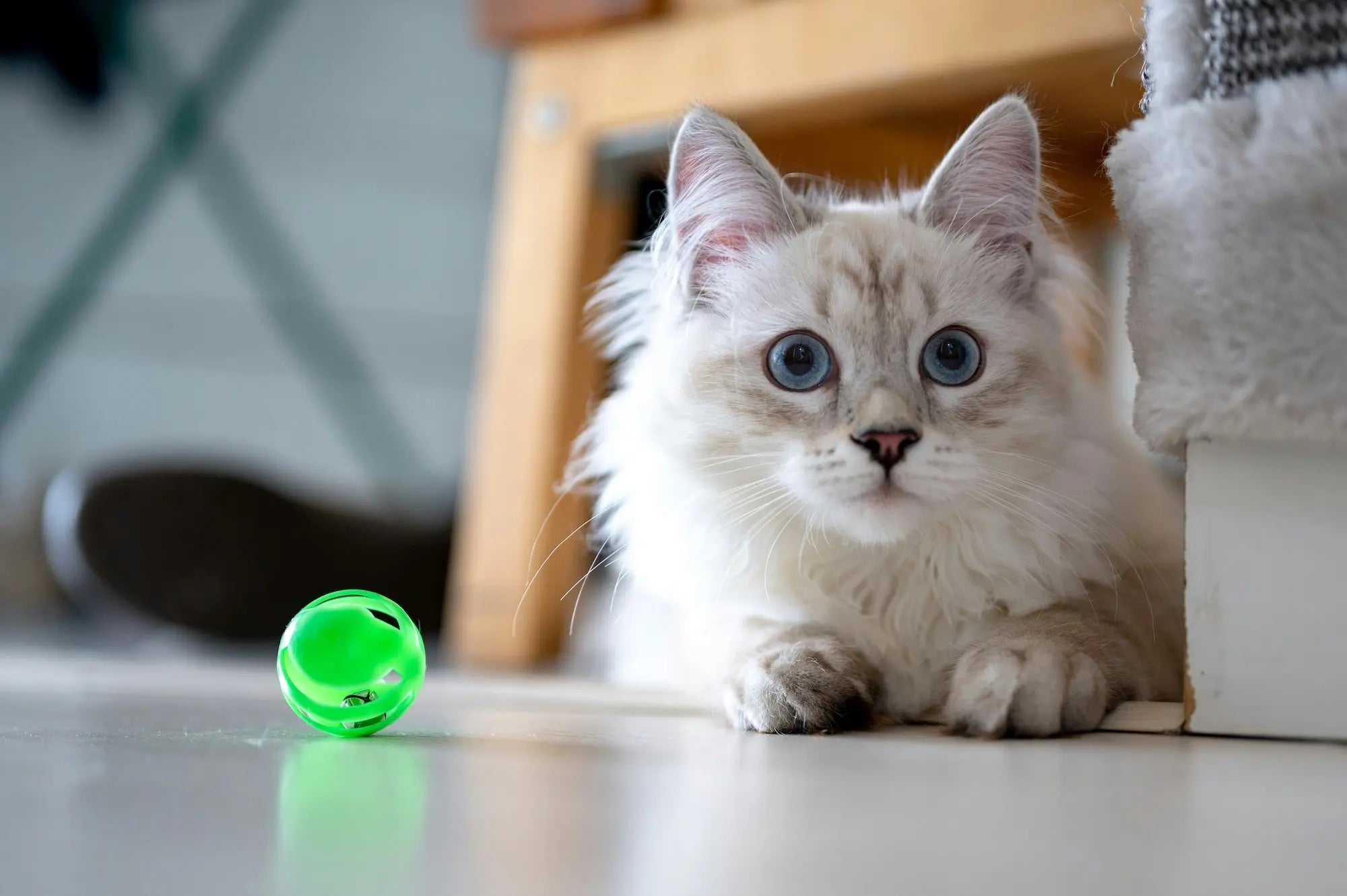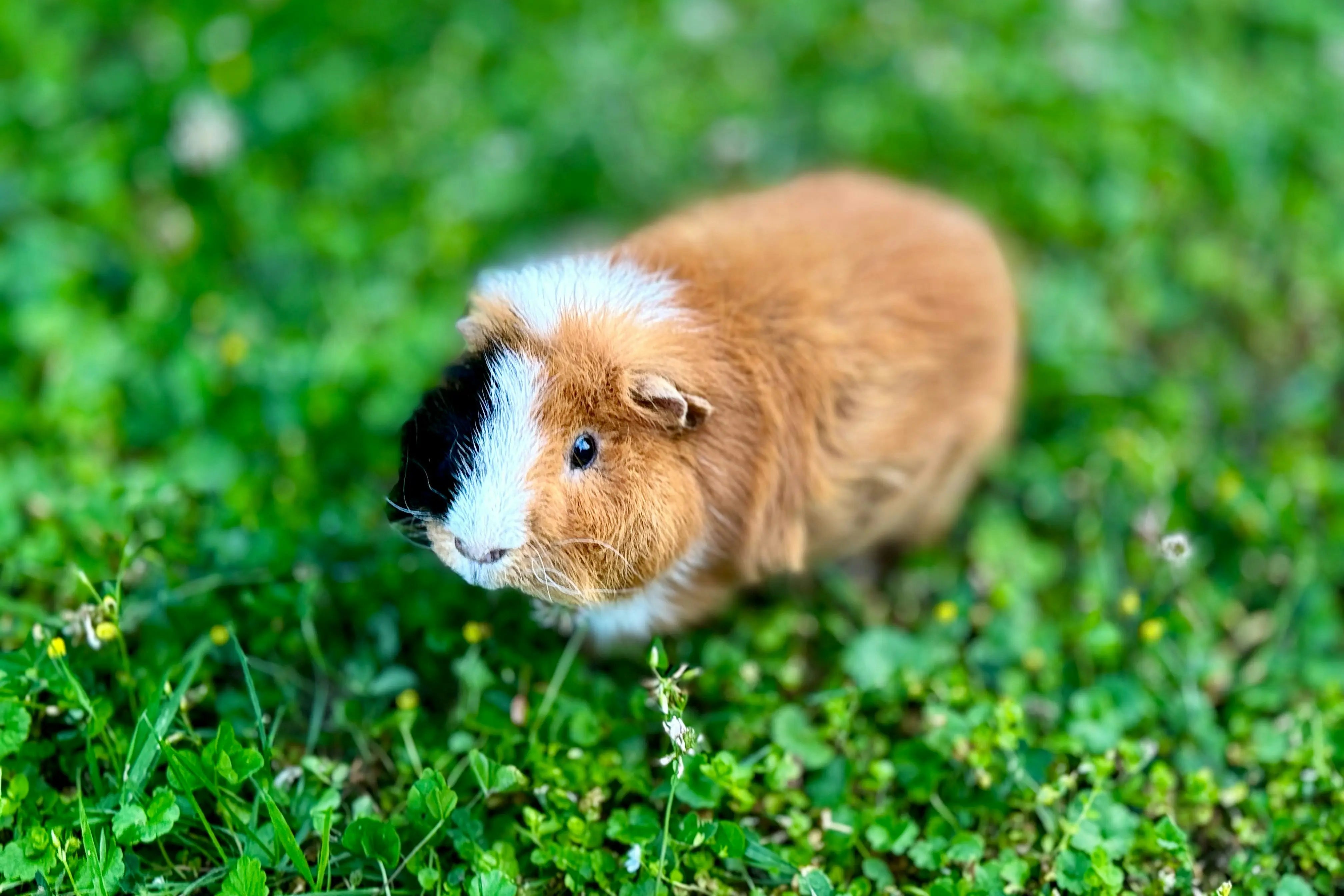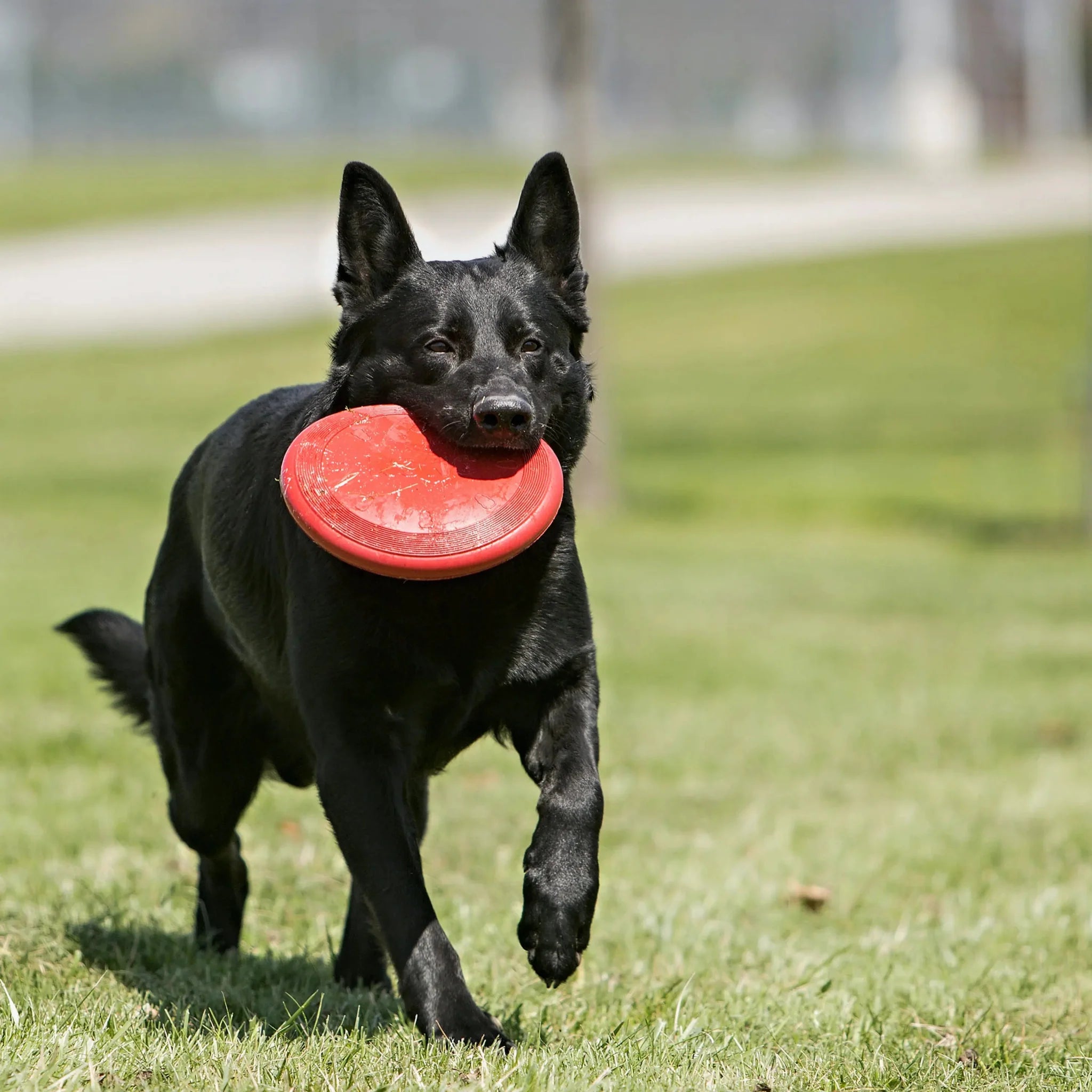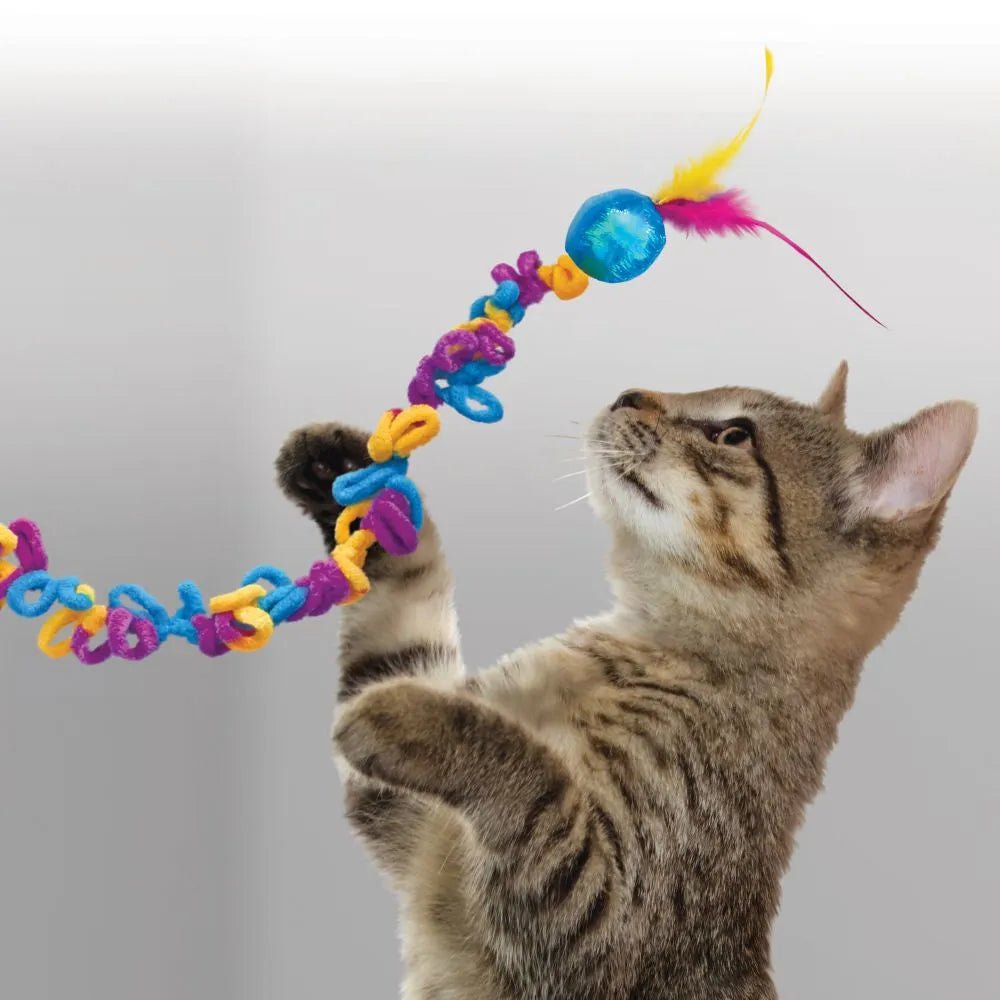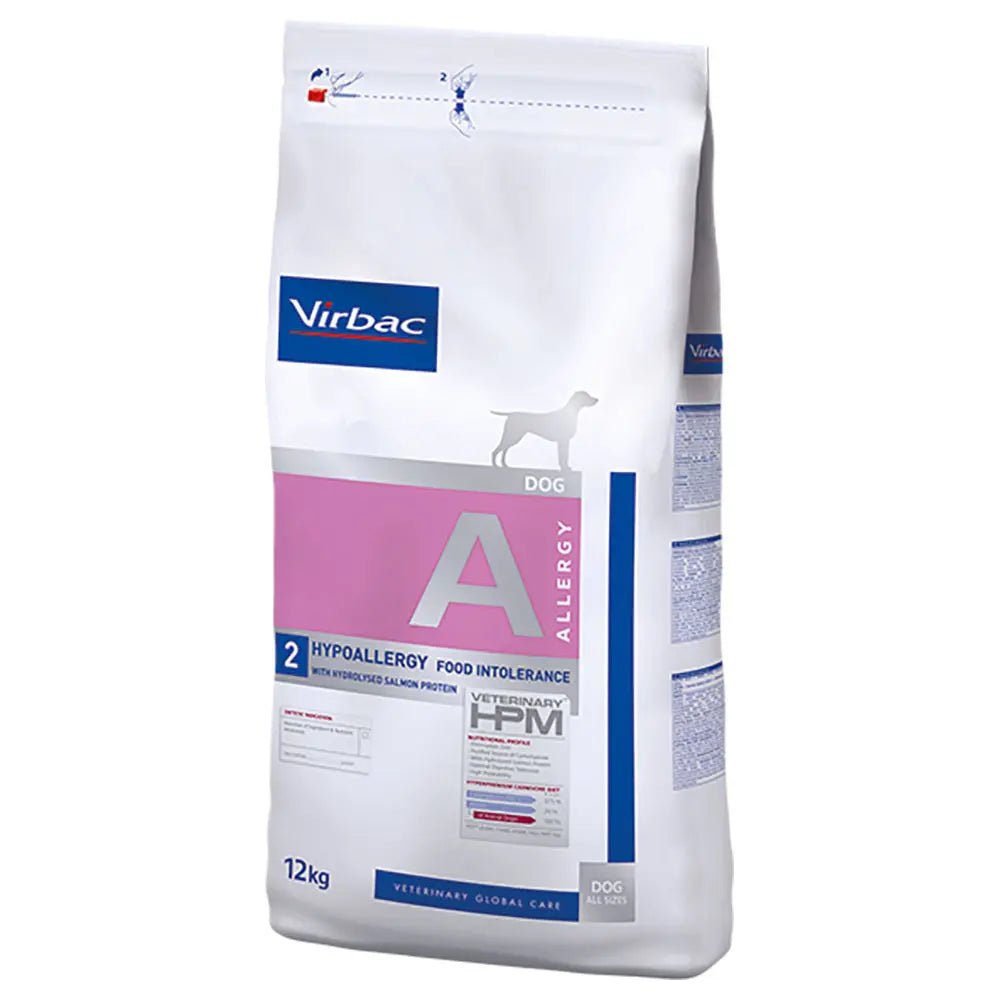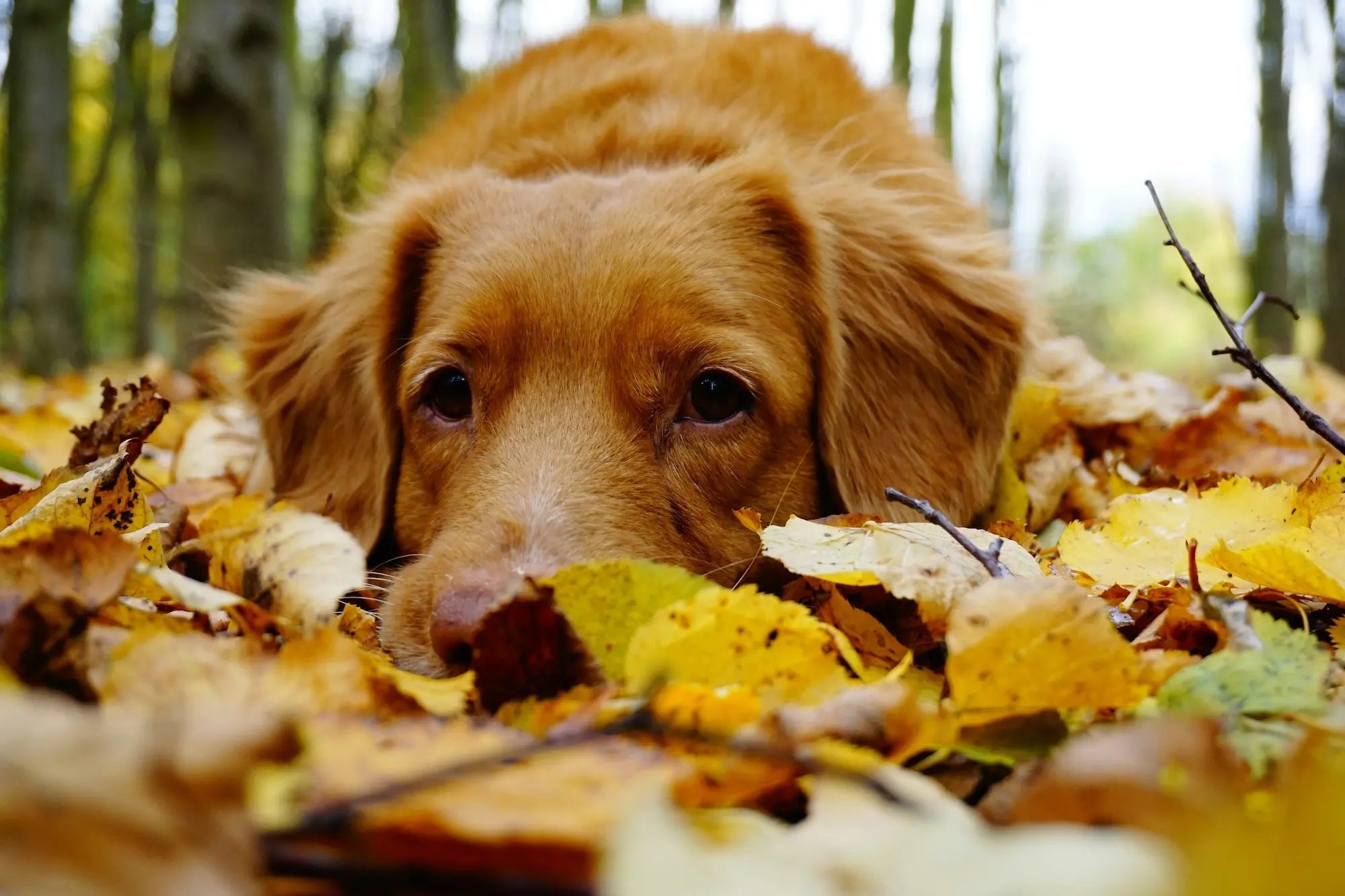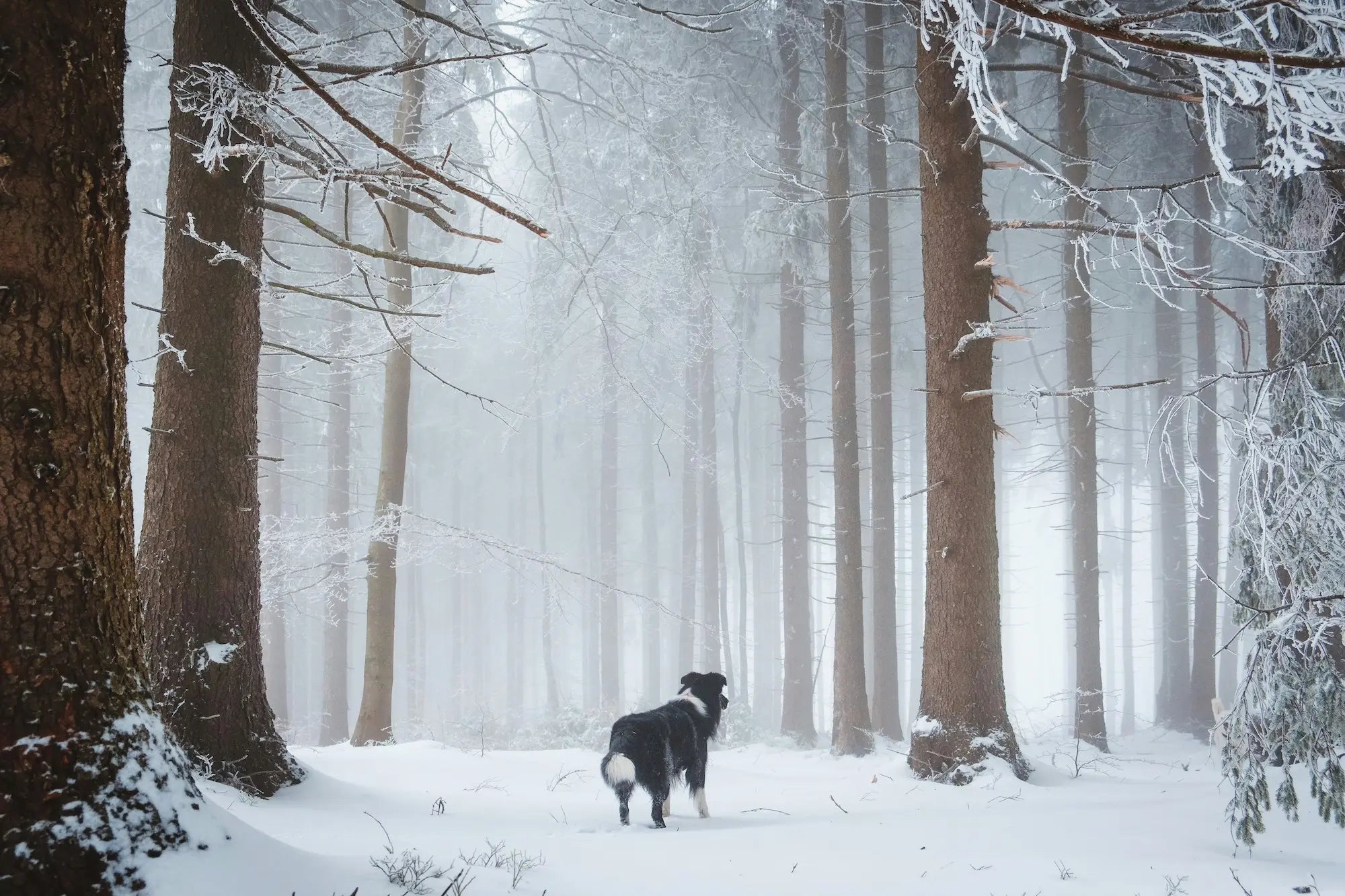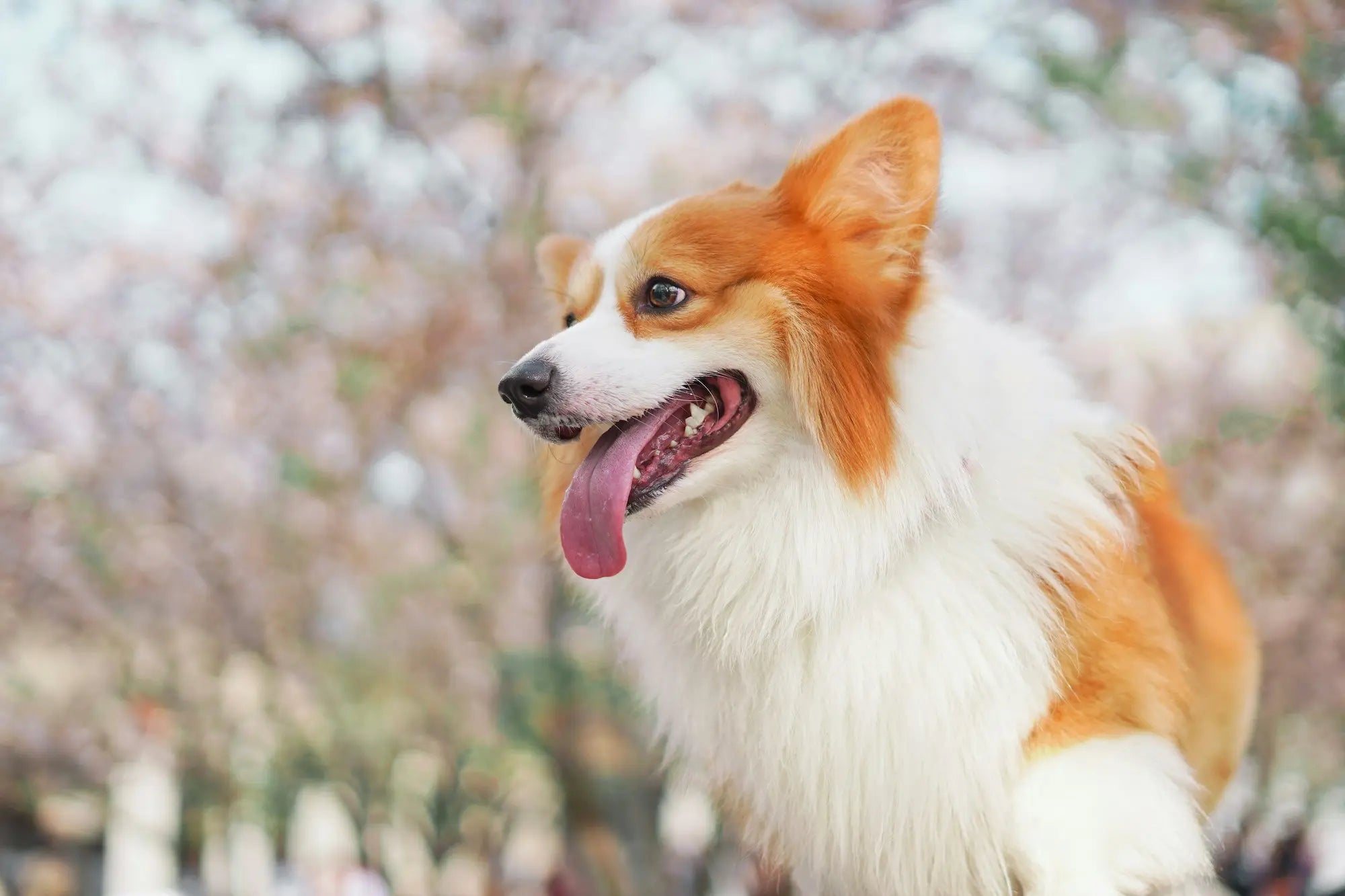Knowing how much food a cat needs is important to maintain good health and your kitty’s well-being. Although general guidance often states that an adult cat should have around 300 grams of wet food per day, remember that this is just a starting point. Your cat’s individual needs depend on a number of different factors, including size, age and weight. So, how much food should a cat really have? Read on to find out how you can make sure your furry friend is getting the right amount of food!
Variables that affect how much food your cat needs
Activity level
The cat's activity level plays a big role in its food needs. An energetic and lively cat that climbs and runs around all day will naturally need more food than an indoor cat that mostly relaxes on the sofa. The cat's calorie needs therefore depend on how physically active it is. A very active cat can burn up to 80 kilocalories per kilogram of body weight daily, while a more calm cat can burn around 60-70 kilocalories per kilogram of weight.
Type of cat food
A good rule of thumb is that good quality cat food with a high meat content usually satisfies your cat better, so that smaller amounts of food are needed. Investing in premium cat food can therefore also be more cost-effective in the long run, as your cat will need less to stay full and healthy. It also matters whether your cat's diet consists mainly of dry food or wet food .
Size of the cat
As mentioned, the cat's weight plays a role in how much energy the body uses, and thus how much food it needs.
Here is a table that gives an approximate recommendation for how much food your cat should have in relation to weight, if you mostly serve wet food:
|
Cat's weight (kg) |
Daily ration of wet food (grams) |
|
Until 2 |
120 to 160 |
|
2 to 3 |
160 to 210 |
|
3 to 4 |
210 to 260 |
|
4 to 5 |
240 to 320 |
|
5 to 6 |
250 to 360 |
Other tips for finding the ideal amount of food for your cat
Check the manufacturer's recommendation
To help you find the optimal amount of dry food for your cat, you can also look at the manufacturer's recommendations on the packaging. These recommendations usually take into account both average calorie needs and the calorie content of the food. However, remember that the needs of each individual cat may vary.
NOTE: These guidelines do not include additional portions of wet food and treats . If your cat is getting these on top of that, you may need to adjust the amount of dry food. Many treats can quickly add up to a total daily calorie intake, so it is important to remember to use moderation. Some treat packages also list the recommended maximum intake per day.
Divide the servings
When it comes to meal frequency, cats usually mimic their natural hunting behavior. It is therefore recommended to feed your cat several small meals throughout the day, rather than filling one large food bowl . This will be more similar to their natural hunting and eating pattern. Also, make sure that wet food is not left out for too long, especially in hot weather, as it can go bad.
Customize the food space
For busy owners, automatic feeders can be convenient. There are also food bowls that have cooling elements to keep wet food fresh. By understanding your cat's individual needs and preferences, you can tailor feeding accordingly and help your four-legged friend maintain optimal health and quality of life.


